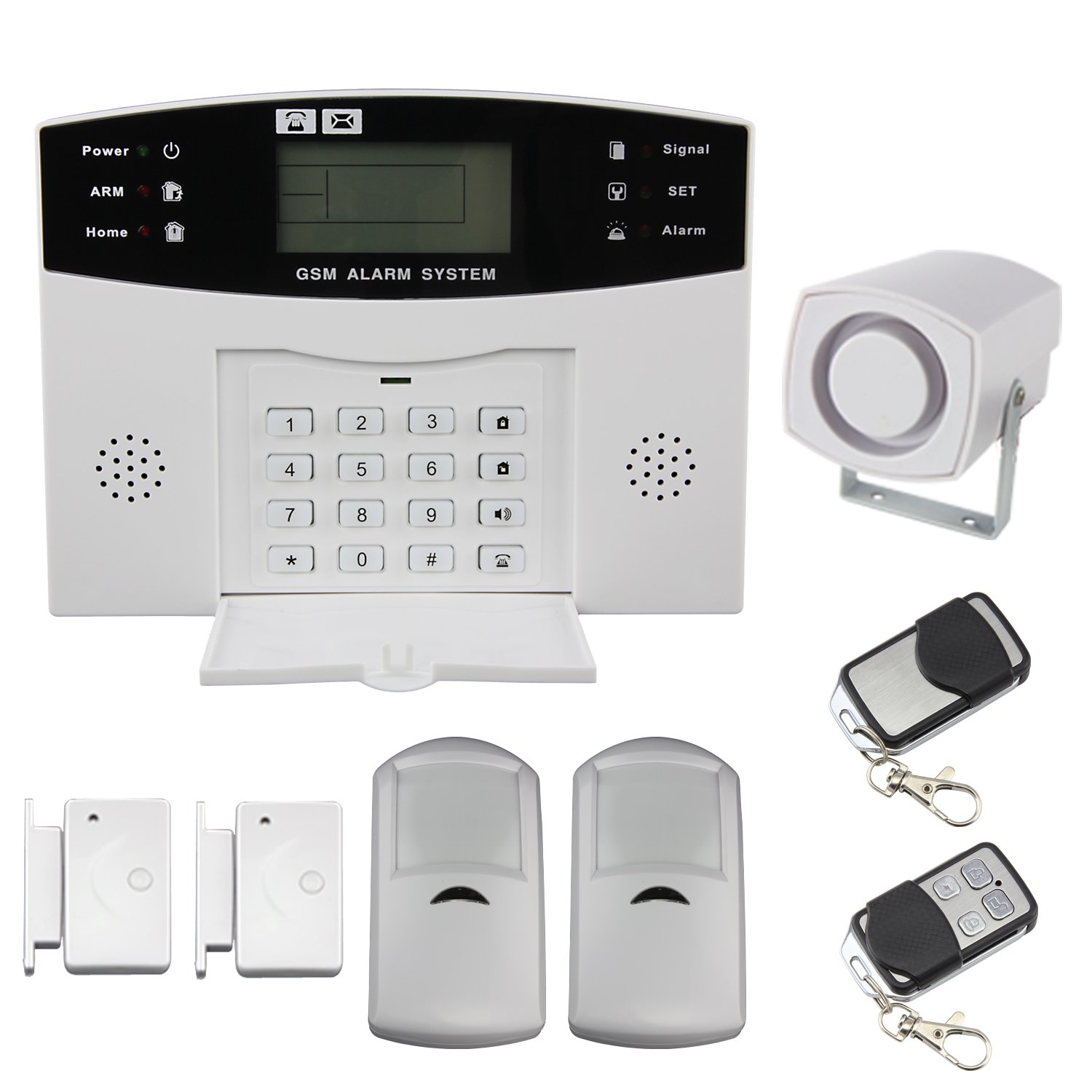Understanding Intruder and Burglar Alarms
Understanding Intrusion and Burglar Alarm. In an age where security concerns are paramount, investing in effective measures to protect your property is non-negotiable. Among the arsenal of security tools available, intrusion and burglar alarms stand as stalwarts, providing a crucial line of defense against unauthorized access and potential threats. Let’s delve into the realm of these essential security systems to understand how they function and why they are indispensable in safeguarding your assets.
Understanding Intrusion Alarms
Intrusion alarms are comprehensive security systems designed to detect and deter unauthorized access to a property or restricted area. These systems are engineered to be proactive, alerting occupants or security personnel at the earliest signs of intrusion attempts. Here’s how they typically operate:
Sensor Network: Intrusion alarms rely on a network of sensors strategically placed throughout the premises. These sensors can include motion detectors, door/window contacts, glass-break detectors, and pressure mats.
Trigger Mechanisms: When an intrusion attempt occurs, the sensors detect unusual activity and trigger the alarm system. This can manifest as a loud siren, flashing lights, or silent alerts sent to a monitoring station.
Integration with Security Infrastructure: Modern intrusion alarms often integrate with other security infrastructure components, such as surveillance cameras, access control systems, and remote monitoring platforms. This integration enhances the overall security posture and facilitates a rapid response to potential threats.
Decoding Burglar Alarms
Burglar alarms are a specialized subset of intrusion alarms, specifically tailored to detect and deter burglaries – unauthorized entry with the intent to commit theft or vandalism. These alarms are characterized by their focus on protecting against break-ins and property crimes. Here’s what sets them apart:
Focused Detection: Burglar alarms prioritize the detection of forced entry through doors, windows, or other vulnerable access points. Sensors are strategically positioned to cover these entryways, triggering the alarm upon unauthorized opening or tampering.
Deterrence Tactics: Beyond detection, burglar alarms often incorporate deterrent features to dissuade potential intruders. These may include visible alarm signage, strobe lights, or even automated voice warnings, signaling to would-be burglars that the property is protected and monitored.
Customization Options: Burglar alarm systems offer flexibility in configuration, allowing property owners to tailor the security setup to their specific needs and risk profile. From basic standalone systems for residential use to sophisticated networked solutions for commercial properties, there’s a burglar alarm solution for every scenario.

The Crucial Role of Professional Installation and Monitoring
While intrusion and burglar alarms offer formidable protection on their own, their effectiveness hinges on proper installation and ongoing monitoring. Professional installation ensures that sensors are optimally positioned and calibrated for maximum coverage and reliability. Additionally, partnering with a reputable monitoring service adds an extra layer of security, ensuring swift response to alarm activations, even when occupants are unavailable to respond.
Conclusion
Intrusion and burglar alarms are not merely security accessories; they are indispensable guardians of your property, assets, and peace of mind. By leveraging advanced technology, strategic placement, and seamless integration with broader security infrastructure, these systems provide a robust defense against unauthorized access and criminal intrusions. Whether you’re safeguarding your home, business, or any other valuable asset, investing in a reliable intrusion and burglar alarm system is an investment in safety and security that pays dividends in protection and peace of mind.

